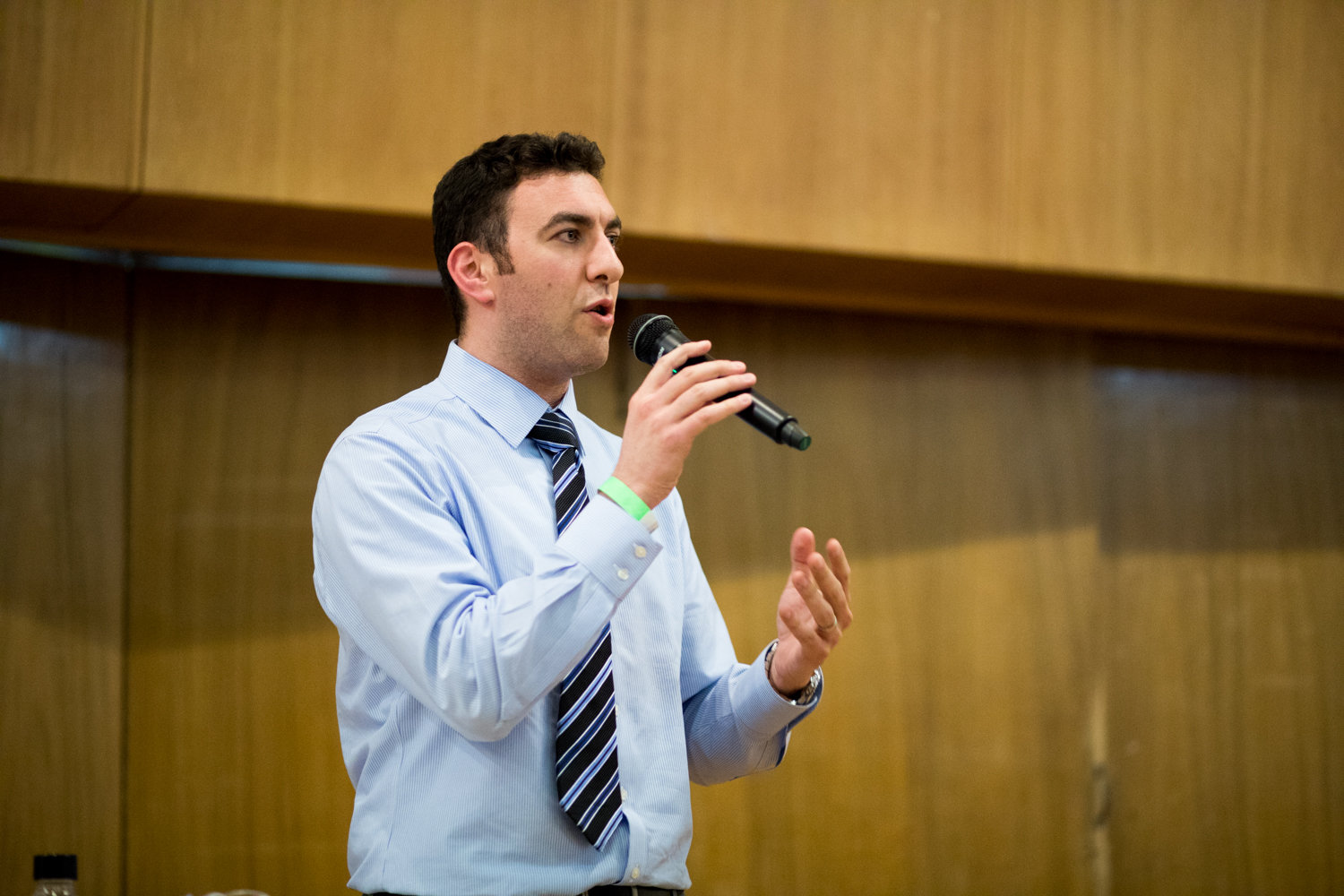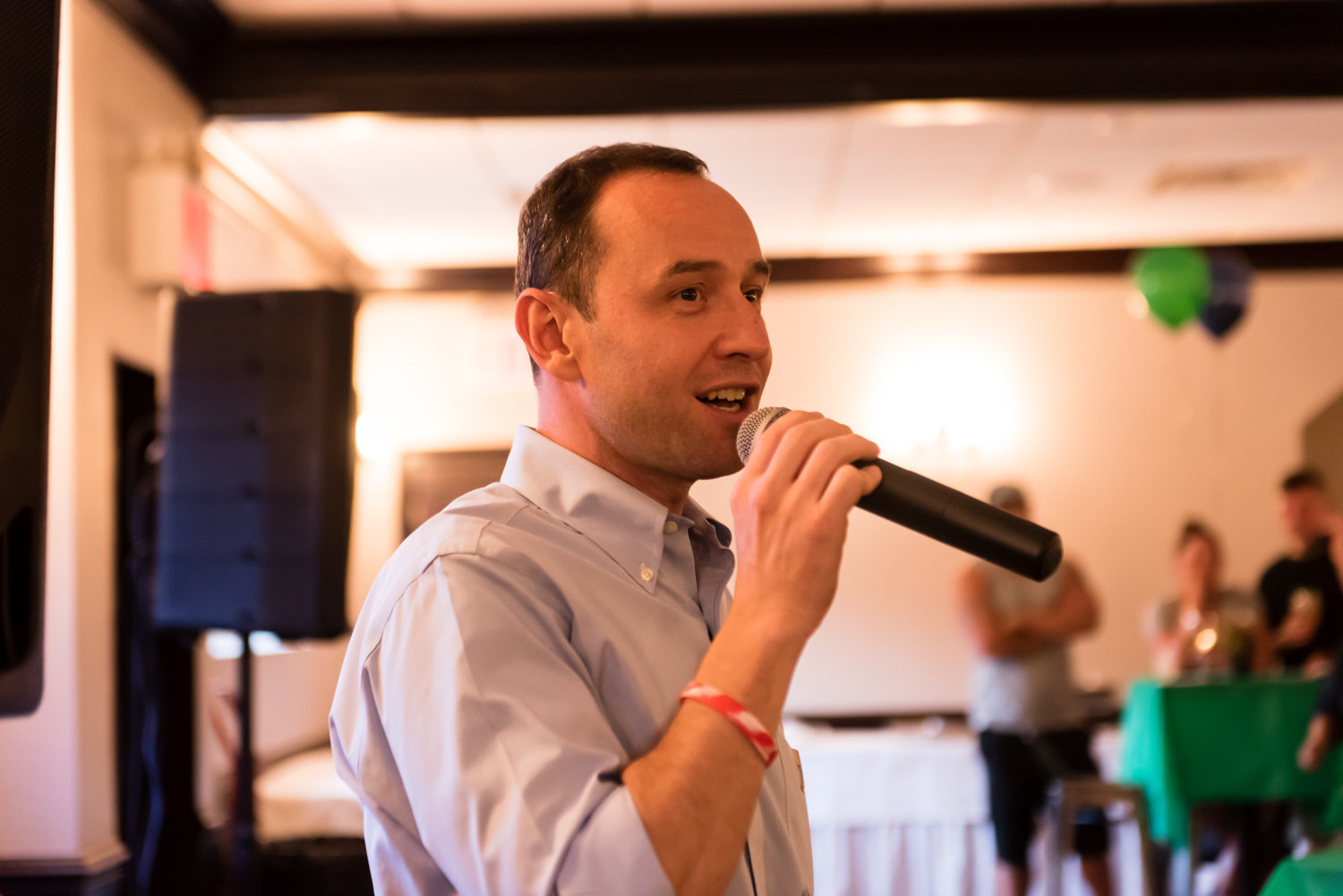Politics, money, democracy creating a heady mix
Campaign finance and the rules that regulate candidate spending are a little like knowing how to change a tire. Many people have a general idea of what it is and how it’s done.
If they’re lucky, they’ll never be stuck on the side of the road with a tire iron (or in an elections office, filling out a finance report). But if they do find themselves in such a fix, it’s very important to know what they’re doing before their car or their campaign winds up in a ditch.
Early this year, Gov. Andrew Cuomo backed a plan for a statewide matching public campaign funding similar to one already in operation here in New York City. When he and members of the legislature couldn’t agree on the program’s particulars, he created a nine-member election campaign finance commission, tasking it with developing a plan to distribute about $100 million to candidates annually.
As with the city’s program, the state’s intent is to eliminate large, influential donors from the mix, said Helen Chang, a political science professor at Lehman College. But its success will depend on its standards and restrictions. If it’s too lenient, it will favor incumbents. If it’s too restrictive, not many candidates will opt in.
“With the popularity of (Bronx U.S. Rep. Alexandria Ocasio-Cortez) and this movement toward smaller grassroots donations, that might be the case, and more people will opt in,” Chang said. “But at the moment, it’s more in the public consciousness. We have a couple of good models on how to do it, but it’s still up in the air.”
There are a lot of wrinkles to iron out, like the potential for loopholes. Having several members of the same family contribute the maximum allowable amount, or employers pressuring their staff to write donation checks are real possibilities.
“And then of course there’s this issue in terms of small out-of-state donations, which happened in (Queens district attorney candidate) Tiffany Cabán’s campaign,” Chang said. “How do out-of-state donations factor in? Does that disqualify participation? Is it more about small donations locally, or is it about small donations in general and decreasing big money that way?”
The state commission also was tasked with scrutinizing fusion voting, which allows a candidate to appear under more than one party line on the ballot. The practice is beneficial to candidates and third parties, and extra votes from a third party endorsement can be a huge boost.
By getting at least 50,000 votes during a gubernatorial election — something all but guaranteed if one of the major party’s candidate appears on their ballot line — third parties automatically remain on ballots for the following four years.
Some worry that under fusion voting, candidates can get twice the public money if they appear on the ballot more than once, Chang said. But the program can be set up to avoid that.
“In fact, banning fusion voting could potentially increase public spending on this program,” she said. If two high-profile statewide parties like the Working Families and Conservative parties endorse a major party candidate, they don’t run their own pick. That avoids having more candidates who need more matching public funds.
Some believe there’s an underlying political agenda at work. Both Working Families and Conservatives filed lawsuits against the state to halt a proposed ban on fusion voting, citing multiple past rulings at the appellate level that fusion voting is a state constitutional right.
“The agenda behind it is political to get rid of third parties,” said Jerry Kassar, chair of the Conservative Party. “Third parties accumulate about 600,000 votes a year statewide, which is a significant number of votes.”
When it came to establishing the commission, Kassar claims some creative interpretation of state rules was used. State Democratic chair Jay Jacobs — a strong opponent of fusion voting — was “handpicked” by Cuomo for the commission. Politico reported Sept. 18 that Jacobs recruited Democratic leaders to urge other opponents to testify against fusion voting at the next commission hearing.
Although the Conservative and Working Families parties are on either ends of the political spectrum, the two have pushed back against the suggestion fusion voting should be banned. Kassar’s party filed a lawsuit to halt the move, and it’s been joined by a similar action from Working Families.
Working Families has spurned mainstream Democrats by endorsing challengers like Alessandra Biaggi over then state Sen. Jeffrey Klein. They also backed Zephyr Teachout for state attorney general, and likely earned the ire of Cuomo by backing his opponent in the most recent Democratic gubernatorial primary, Cynthia Nixon.
While they have their own party line, Working Families has also thrown its influence behind mainstream candidates that reflect their philosophy.
“I think essentially they’ve sent Tammany Hall — and that’s essentially what Jacobs heads up — a message that they don’t want to do business as usual,” Kassar said of Working Families. “So banning fusion voting is to their advantage, and I think that’s been expressed in the commission meetings.”
Kassar’s party commands about a quarter of a million votes each year statewide. Its endorsement can carry a lot of weight. If fusion voting goes away, then third parties will continue running candidates, but they won’t be able to combine votes.
“Believe it or not,” Kassar said, “we do endorse some Democrats.”
And when they do, Democratic candidates get a share of Conservative votes they might not get otherwise. But if third parties lose the ability to cross-endorse, they could potentially split the vote by running their own candidates.
For that reason, many believe banning fusion voting would be unpopular among elected officials, and may not stick — even if the commission rules it so. And there’s always the lawsuit, which may result in a fourth ruling for fusion voting.
“There’s an unknown,” Kassar said, “but we feel confident.”













